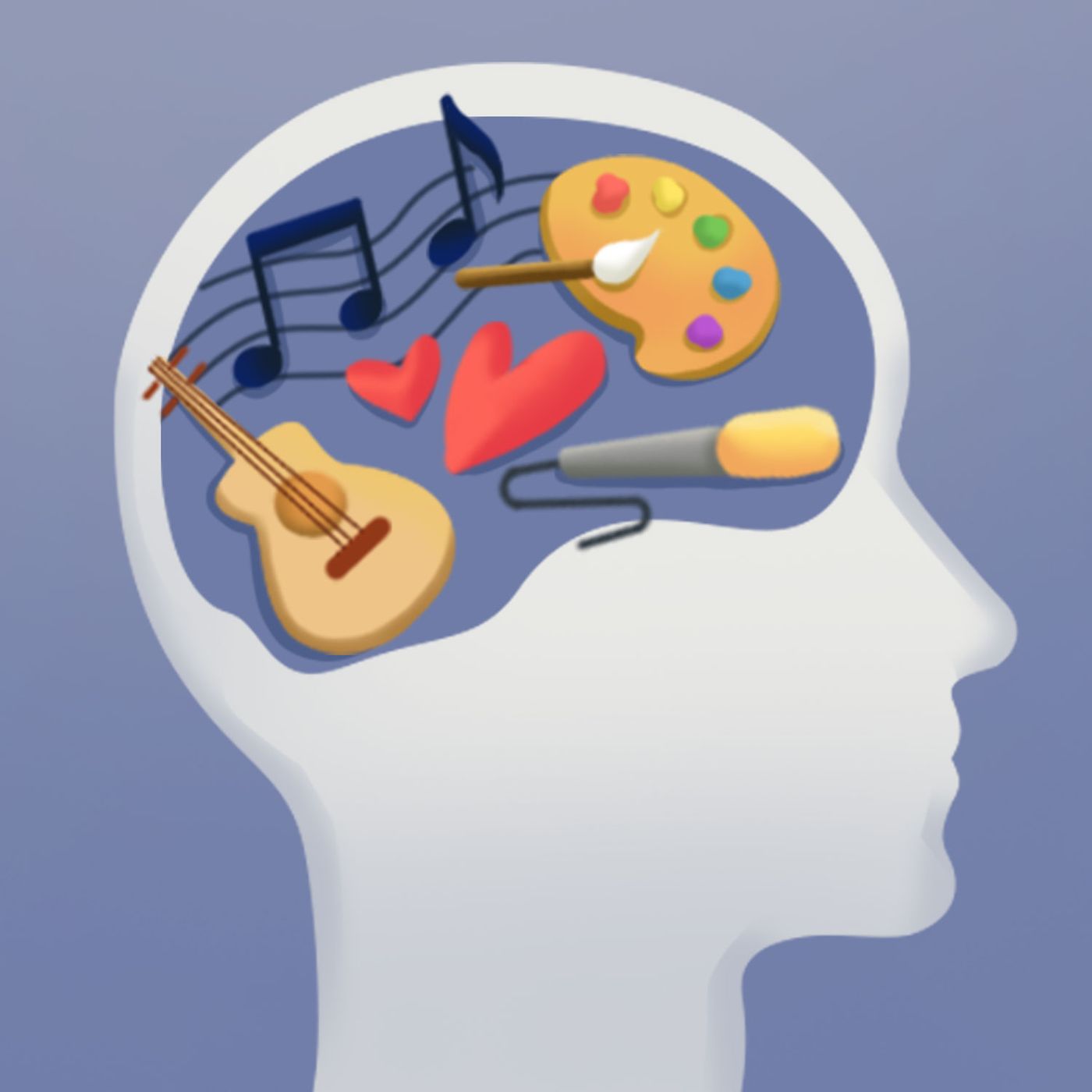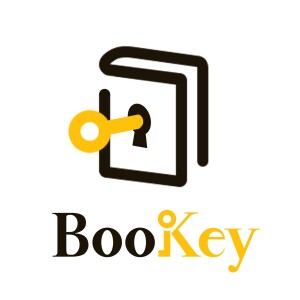
- Podcast Features
-
Monetization
-
Ads Marketplace
Join Ads Marketplace to earn through podcast sponsorships.
-
PodAds
Manage your ads with dynamic ad insertion capability.
-
Apple Podcasts Subscriptions Integration
Monetize with Apple Podcasts Subscriptions via Podbean.
-
Live Streaming
Earn rewards and recurring income from Fan Club membership.
-
Ads Marketplace
- Podbean App
-
Help and Support
-
Help Center
Get the answers and support you need.
-
Podbean Academy
Resources and guides to launch, grow, and monetize podcast.
-
Podbean Blog
Stay updated with the latest podcasting tips and trends.
-
What’s New
Check out our newest and recently released features!
-
Podcasting Smarter
Podcast interviews, best practices, and helpful tips.
-
Help Center
-
Popular Topics
-
How to Start a Podcast
The step-by-step guide to start your own podcast.
-
How to Start a Live Podcast
Create the best live podcast and engage your audience.
-
How to Monetize a Podcast
Tips on making the decision to monetize your podcast.
-
How to Promote Your Podcast
The best ways to get more eyes and ears on your podcast.
-
Podcast Advertising 101
Everything you need to know about podcast advertising.
-
Mobile Podcast Recording Guide
The ultimate guide to recording a podcast on your phone.
-
How to Use Group Recording
Steps to set up and use group recording in the Podbean app.
-
How to Start a Podcast
-
Podcasting
- Podcast Features
-
Monetization
-
Ads Marketplace
Join Ads Marketplace to earn through podcast sponsorships.
-
PodAds
Manage your ads with dynamic ad insertion capability.
-
Apple Podcasts Subscriptions Integration
Monetize with Apple Podcasts Subscriptions via Podbean.
-
Live Streaming
Earn rewards and recurring income from Fan Club membership.
-
Ads Marketplace
- Podbean App
- Advertisers
- Enterprise
- Pricing
-
Resources
-
Help and Support
-
Help Center
Get the answers and support you need.
-
Podbean Academy
Resources and guides to launch, grow, and monetize podcast.
-
Podbean Blog
Stay updated with the latest podcasting tips and trends.
-
What’s New
Check out our newest and recently released features!
-
Podcasting Smarter
Podcast interviews, best practices, and helpful tips.
-
Help Center
-
Popular Topics
-
How to Start a Podcast
The step-by-step guide to start your own podcast.
-
How to Start a Live Podcast
Create the best live podcast and engage your audience.
-
How to Monetize a Podcast
Tips on making the decision to monetize your podcast.
-
How to Promote Your Podcast
The best ways to get more eyes and ears on your podcast.
-
Podcast Advertising 101
Everything you need to know about podcast advertising.
-
Mobile Podcast Recording Guide
The ultimate guide to recording a podcast on your phone.
-
How to Use Group Recording
Steps to set up and use group recording in the Podbean app.
-
How to Start a Podcast
-
Help and Support
- Discover

The Power of the Right Brain: Unlocking a Whole New Mind
"A Whole New Mind: Why Right-Brainers Will Rule the Future" by Daniel H. Pink is a book that explores the shift in the modern world from left-brain thinking to right-brain thinking, and how this shift is impacting our society and the skills needed for success.Pink argues that the Information Age, characterized by logical, analytical, and linear thinking, is giving way to the Conceptual Age, where creativity, empathy, and holistic thinking are becoming increasingly valuable. He believes that this shift is due to automation and globalization, which have made routine, repetitive tasks less valuable, leaving a higher demand for skills that cannot be easily replicated by machines.The book is divided into three parts, each focusing on a different set of skills that are crucial in the Conceptual Age. The first part explores the six essential aptitudes of "high concept" thinking, which include creativity, empathy, and the ability to see the big picture. Pink argues that these skills are essential for understanding and navigating the complexities of the modern world.The second part delves into the six aptitudes of "high touch" thinking, which involve interpersonal skills such as empathy, storytelling, and understanding context. Pink argues that these skills are increasingly important as technology continues to advance and human connection becomes more crucial.The final part of the book discusses a variety of ways individuals can develop and cultivate these right-brain aptitudes. Pink provides practical suggestions for how individuals can adapt to the changing landscape and develop the skills needed to thrive in the Conceptual Age. He encourages readers to explore their passions, engage in non-linear thinking, and seek out opportunities for creativity and innovation.Overall, "A Whole New Mind" presents a compelling argument for the importance of right-brain thinking in the modern world and provides practical strategies for individuals to adapt and succeed in this new era. Pink emphasizes the importance of balancing both left-brain and right-brain thinking, as he believes that the integration of both analytical and creative skills is essential for success in the future.
Chapter 2:the meaning of A whole new mind Book
"A Whole New Mind" is a book written by Daniel H. Pink that explores the idea that the future belongs to right-brain thinkers. Pink argues that in the age of automation, where left-brain logical and analytical tasks are becoming increasingly outsourced or replaced by technology, individuals with strong right-brain skills are becoming more valuable. These right-brain skills include creativity, empathy, intuition, and holistic thinking.Pink presents six "senses" or skills that he believes are essential for thriving in the new economy. These senses are design, story, symphony, empathy, play, and meaning. Pink explains how each sense can be developed and how they are all interconnected.The book encourages readers to embrace and foster their right-brain thinking abilities in order to stay relevant in a rapidly changing world. It suggests that the future will be shaped by individuals who can combine both left and right-brain thinking rather than relying solely on traditional left-brain capabilities.Overall, "A Whole New Mind" explores the shift from the Information Age to the Conceptual Age, and encourages readers to cultivate their right-brain skills to succeed in the future.
Chapter 3:A whole new mind Book chapters
1.The Concept of the Whole New Mind: This chapter introduces the main concept of the book, which is the shift from the Information Age to the Conceptual Age. Pink argues that in order to thrive in the future, individuals must develop right-brain skills such as empathy, creativity, and intuition.
2. Left Brain, Right Brain: The chapter explores the differences between the left and right brain hemispheres and how they contribute to different types of thinking. Pink explains that while left-brain skills have been highly valued in the Information Age, right-brain skills will become increasingly important in the Conceptual Age.
3. Abundance, Asia, and Automation: Pink discusses three major factors that are driving the shift to the Conceptual Age: abundance, outsourcing to Asia, and automation. He explains how these factors are changing the nature of work and the skills required to succeed.
4. Story: A Whole New Mind: This chapter emphasizes the importance of storytelling in the Conceptual Age. Pink argues that storytelling is a crucial skill for individuals to connect with others, convey ideas, and create meaningful experiences.
5. Design: A Whole New Mind: Pink explores the concept of design thinking and its increasing significance in the Conceptual Age. He explains how design is not just about aesthetics, but also about problem-solving and creating innovative solutions.
6. Symphony: A Whole New Mind: This chapter focuses on the skill of synthesis, or the ability to connect seemingly unrelated ideas and create meaningful patterns. Pink argues that individuals who can see the big picture and think across disciplines will have a competitive advantage in the future.
7. Empathy: A Whole New Mind: Pink highlights the importance of empathy in the Conceptual Age. He explains how understanding and connecting with others on an emotional level can lead to better relationships, improved communication, and more effective leadership.
8. Play: A Whole New Mind: This chapter explores the role of play and humor in the Conceptual Age. Pink argues that playfulness can enhance creativity, problem-solving, and innovation. He provides examples of companies that embrace play and how it contributes to their success.
9. Meaning: A Whole New Mind: Pink discusses the search for meaning and purpose in work and life. He explains how individuals who find and pursue meaning in their pursuits tend to be happier, more fulfilled, and more successful.
10. The New Mindset: The final chapter of the book emphasizes the need for individuals to develop a new mindset to thrive in the Conceptual Age. Pink provides practical suggestions for cultivating right-brain skills and embracing the shift from the Information Age to the Conceptual Age.
Chapter 4: 10 Quotes From A whole new mind Book
1."The future belongs to a very different kind of person with a very different kind of mind—creators and empathizers, pattern recognizers, and meaning makers."
2. "Design is about creating a product that takes into account every single detail, from the way it looks to the way it feels in the hand."
3. "Symphony is the ability to put together the pieces. It is the capacity to synthesize rather than analyze."
4. "Story is the way we make sense of the world around us. It's how we connect with others and communicate our ideas."
5. "Empathy is the ability to understand and relate to another person's feelings and experiences."
6. "Play is not just a frivolous activity; it is the key to unlocking our creativity and finding innovative solutions."
7. "Meaning is the new currency in the business world. People are no longer satisfied with simply making money; they want to make a difference."
8. "The future favors creators and innovators, individuals who can bring together seemingly unrelated ideas to create something new and valuable."
9. "To succeed in the Conceptual Age, we must become masters at finding and solving problems that others haven't even recognized yet."
10. "The most successful individuals in the future will be those who not only have strong left-brain skills but also embrace their right-brain capabilities."
More Episodes
Create your
podcast in
minutes
- Full-featured podcast site
- Unlimited storage and bandwidth
- Comprehensive podcast stats
- Distribute to Apple Podcasts, Spotify, and more
- Make money with your podcast
It is Free
- Privacy Policy
- Cookie Policy
- Terms of Use
- Consent Preferences
- Copyright © 2015-2025 Podbean.com





